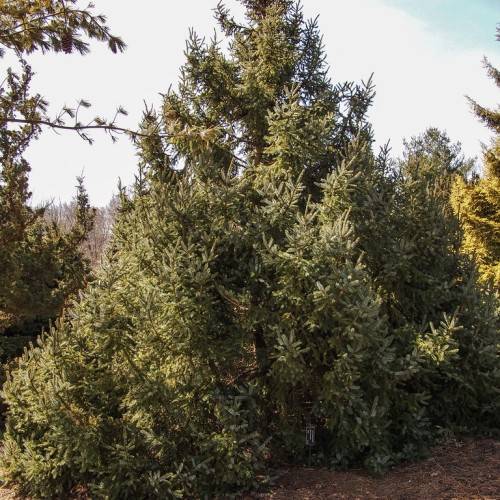
Serbian spruce
Picea omorika
Cycle:
Perennial
Watering:
Average
Hardiness Zone:
4 - 7
Flowers:
Flowers
Sun:
Full sun,part shade
Cones:
Yes
Leaf:
Yes
Growth Rate:
Low
Maintenance:
Low
Drought Tolerant:
Yes
watering
Serbian spruce (Picea omorika) should be watered deeply and regularly. Water once a week during the spring and summer growing season, allowing the soil to dry out in between watering. During periods of extreme heat, increase watering to every 5 days. During the fall and winter season, reduce watering to once a month, allowing the soil to dry completely before watering again.
sunlight
Serbian spruce (Picea omorika) grows best in full sunlight and prefers at least 6 to 8 hours of direct sunlight on most days. During the summer months, it should receive at least 8 hours of direct sunlight at a minimum to keep its foliage healthy and promote vigorous growth. In winter, however, less sunlight is needed as the season's short days limit available sunlight. The tree can tolerate some shade, particularly during the hottest days of summer when shade may be beneficial to avoid heat stress.
pruning
Pruning of a Serbian spruce (Picea omorika) should be done on an annual basis to maintain its conical shape. Pruning should begin when the plant is young and continue throughout its lifespan. Five to 7 candles (the new growth of the year) should be pruned off each spring, starting when the candles are about 2 to 3” in length. Depending on the age and size of the tree, a further thinning of 1-third of its overall foliage can be done every 2 to 4 years in order to promote new growth. This thinning should be done in late summer or early fall to prevent the growth of excessive buds and ensure better air circulation.
